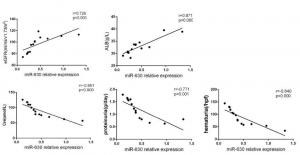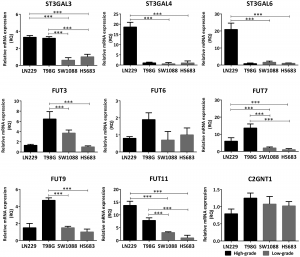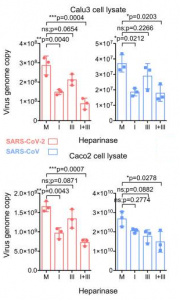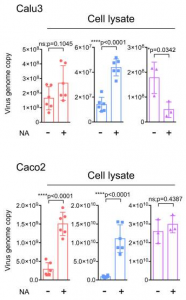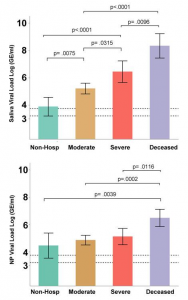MicroRNA (miR-630) derived from tonsils may be deeply involved in IgA nephropathy
IgA nephropathy is a typical intractable disease of chronic kidney disease in which IgA (one of the immunoglobulins) is deposited in the glomerulus (a urine filtration device) with aberrant glycan modification. It is also well known that abnormalities occur in the O-glycan modification in the IgA hinge region.
A group from Central South University, Changsha, China etc. has indicated that IgA, the glycan abnormality found in IgA nephropathy, might be controlled by microRNA (miR-630) derived from tonsil mononucleated cells.
https://www.frontiersin.org/articles/10.3389/fimmu.2020.563699/full
As for the mechanism of the onset of IgA nephropathy, it was suggested that miR-630 derived from the tonsils is produced excessively, and targets Toll-like receptor 4 (TLR4) as the target gene, and finally modulates the concentration of IgA and its glycosylation level through the NF-kB signaling pathway.

